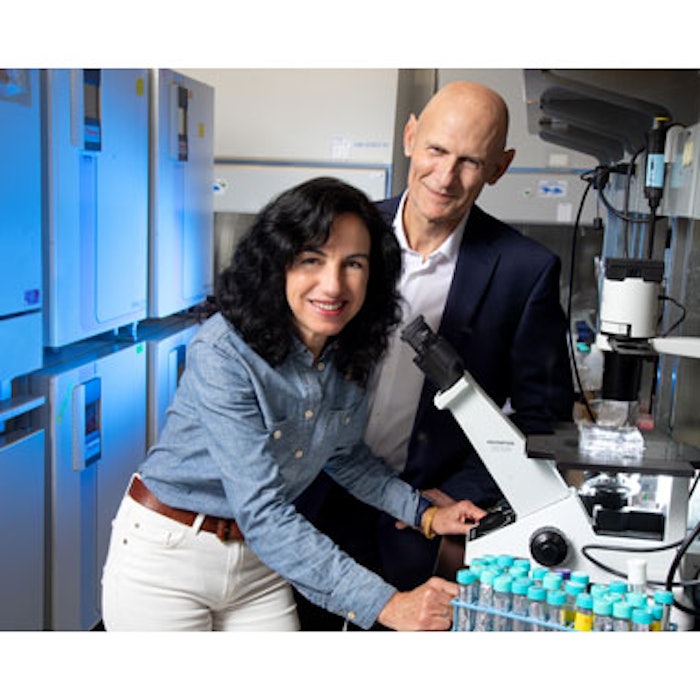
Several studies have shown that calorie-restricted diets increase life span. But how? In an effort to understand the mechanisms by which caloric restriction prolongs life, a team of researchers from the United States and China built single-cell and single-nucleus transcriptomic atlases across various tissues of aging rats.
For their paper, “Caloric Restriction Reprograms the Single-Cell Transcriptional landscape of Rattus Norvegicus Aging” (Cell, February 27, 2020), Juan Carlos Izpisua Belmonte, the Roger Guillemin Chair and a professor at the Salk Institute Gene Expression Laboratory, and co-authors compared rats who ate 30 percent fewer calories with rats on normal diets. The animals’ diets were controlled from age 18 months through 27 months, which is roughly equivalent to a human following a calorie-restricted diet from age 50 through 70. Both groups of older rats were also compared to young rats on a normal diet.
At both the start and the conclusion of the diet, Belmonte’s team isolated and analyzed a total of 168,703 cells from 40 cell types in the 56 rats. The cells came from fat tissues, liver, kidney, aorta, skin, bone marrow, brain and muscle. In each isolated cell, the researchers used single-cell genetic-sequencing technology to measure the activity levels of genes. They also looked at the overall composition of cell types within any given tissue. Then, they compared the results of the rats on each diet.
At the conclusion of the diet, many of the changes that occurred as rats on the normal diet grew older didn’t occur in rats on a restricted diet, and many of the tissues and cells of the animals on the diet closely resembled those of young rats. Overall, 57 percent of the age-related changes in cell composition seen in the tissues of older rats on a normal diet were not present in the rats on the calorie-restricted diet.
“This approach not only told us the effect of calorie restriction on these cell types, but also provided the most complete and detailed study of what happens at a single-cell level during aging,” says co-author Guang-Hui Liu, a professor at the Chinese Academy of Sciences in Beijing.
The cells and genes most affected by the diet related to immunity, inflammation and lipid metabolism. The number of immune cells in nearly every tissue studied dramatically increased as control rats aged but was not affected by age in rats with restricted calories. In brown adipose tissue—one type of fat tissue—a calorie-restricted diet reverted the expression levels of many anti-inflammatory genes to those seen in young animals.
“The primary discovery in the current study is that the increase in the inflammatory response during aging could be systematically repressed by caloric restriction,” says co-author Jing Qu, also a professor at the Chinese Academy of Sciences.
When the researchers homed in on transcription factors that were altered by caloric restriction, one stood out. Levels of the transcription factor Ybx1 were altered by the diet in 23 different cell types. The researchers believe Ybx1 may be an age-related transcription factor and are planning more research into its effects.
“We already knew that calorie restriction increases life span, but now we’ve shown all the changes that occur at a single-cell level to cause that,” says Belmonte. “This gives us targets that we may eventually be able to act on with drugs to treat aging in humans.”
Inga Hansen is the executive editor of MedEsthetics.
Image: Concepcion Rodriguez Esteban and Juan Carlos Izpisua Belmonte of the Salk Institute.











